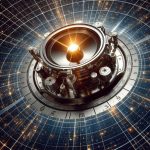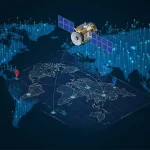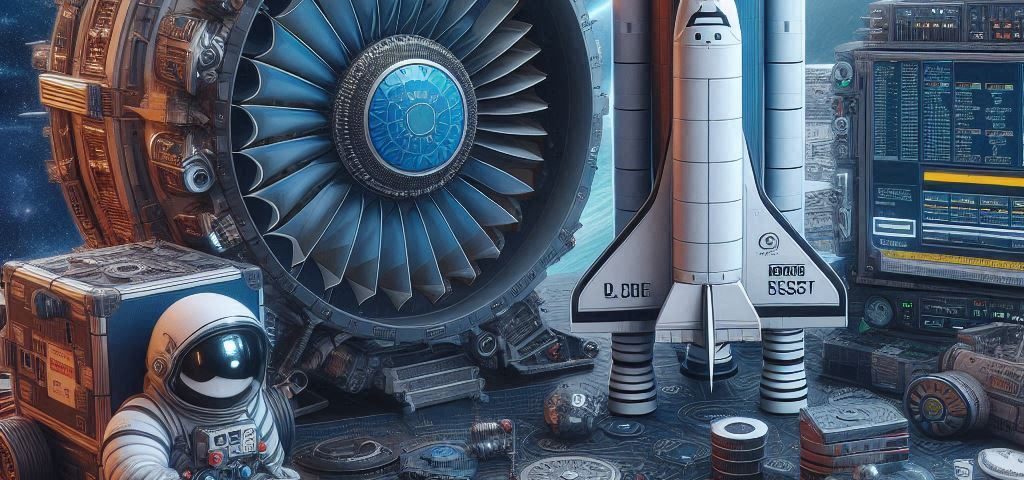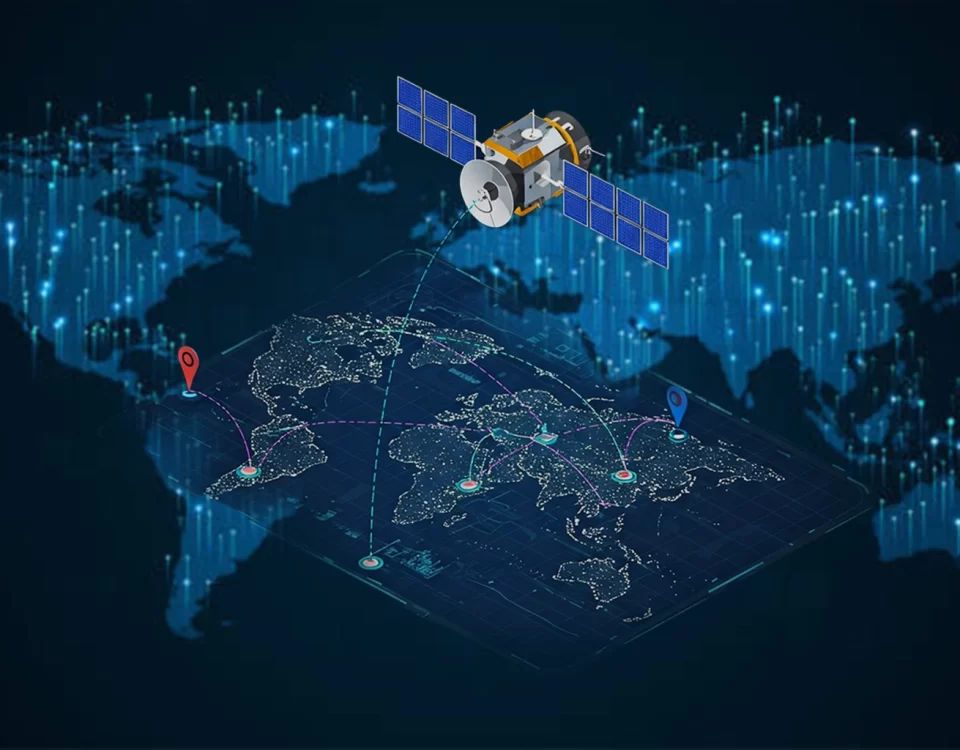
high-precision sun sensor for accurate satellite pointing
February 15, 2025
using GPS for precise orbit determination of LEO satellites
February 16, 2025Space missions far from Earth are really tough on spacecraft, especially the on-board computer (OBC). Because they’re outside Earth’s protective magnetic field and often need to work on their own for long stretches, the OBC has to be incredibly tough, dependable, and able to handle complicated jobs with limited resources.
Radiation Hardening and Tolerance
Spacecraft in deep space get blasted with much more radiation than those orbiting Earth. This radiation can cause problems in the electronics, like data corruption, system crashes, or even permanent damage. So, the computer has to be protected from radiation.
- Hardware: This means using special radiation-hardened parts or regular parts that have been tested to withstand some radiation. Radiation-hardened parts are specifically made to survive high radiation, while the tested parts are regular components that we know can handle some radiation. It’s important to find a balance between performance, cost, and how much radiation the parts can take. Things like shielding, backup systems, and special error-correcting codes are also used.
- Software: The software also needs to be tough enough to handle radiation. Techniques like regularly rewriting the computer’s memory to fix errors, making copies of important data, and using fault-tolerant software designs are used. The software should also be able to handle system crashes without problems.
Reliability and Fault Tolerance
Deep space missions last for many years, so the on-board computer (OBC) needs to be super reliable. Having backup systems is a key way to achieve this.
- Hardware Backups: Important parts like processors, memory, and communication connections are often doubled or even tripled. “Voting systems” can compare the outputs of these backups to find and fix errors. “Cold sparing” means keeping backup units turned off until they’re needed, which helps the whole system last longer.
- Software Fault Tolerance: The software needs to be able to handle unexpected errors and failures. This involves techniques like exception handling (dealing with unusual events), watchdog timers (making sure things are running correctly), and strong error detection and correction. The software should also be able to automatically switch to backup hardware if something fails.
Power Efficiency
Power is very limited on deep space missions. The on-board computer (OBC) needs to use as little power as possible while still working effectively.
- Low-Power Hardware: It’s important to choose processors, memory, and other parts that don’t use much power. Techniques like “clock gating” (turning off parts of the chip when not in use) and “dynamic voltage scaling” (adjusting the voltage to save power) can help even more.
- Software Optimization: The software should also be designed to save power. This means minimizing how much the processor is used, reducing how often the computer accesses memory, and using algorithms that are designed to be power-efficient.
Processing Performance for OBC
The on-board computer (OBC) needs enough processing power to do everything the mission requires, like controlling the satellite’s orientation, navigating, handling data, and running scientific instruments.
- Processor Choice: The processor is chosen based on what the mission needs. Things to think about are processing speed, power usage, how well it can handle radiation, and whether it’s readily available.
- Memory: The OBC needs enough memory to hold the operating system, the programs it runs, and the scientific data it collects. This memory also needs to be radiation-hardened or tolerant.
Communication Interfaces
The on-board computer (OBC) needs to talk to other parts of the spacecraft, like the system that controls its orientation, the propulsion system, and the communication system.
- SpaceWire/CAN Bus: These are common “languages” that spacecraft parts use to communicate. The OBC needs to be able to speak these languages.
- Telemetry and Telecommand: The OBC needs to receive instructions from Earth and send data back. This communication system needs to be strong and reliable, even across vast distances.
Software Development and Validation
Creating and testing software for a deep space mission is really complicated and difficult.
- Real-Time Operating System (RTOS): A special program called an RTOS is usually used to manage all the different tasks the computer has to do. This RTOS needs to be dependable, predictable, and efficient.
- Software Testing: Lots of testing is absolutely necessary to make sure the software is correct and reliable. This includes testing small parts of the software, testing how different parts work together, and testing the entire system. Simulators, which mimic the real environment, are often used for testing.
Autonomous Operation
Deep space missions often require the on-board computer (OBC) to work on its own for long periods, especially when it can’t communicate with Earth.
- Fault Management: The OBC needs to be able to detect and fix errors and failures without human help.
- Guidance, Navigation, and Control (GNC): The OBC might need to handle navigation and control, especially during important maneuvers.
- Data Handling: The OBC must be able to collect, process, and store scientific data by itself.
Mass and Size Constraints of OBC
Deep space missions are often subject to strict mass and size constraints. The OBC must be designed to be as small and lightweight as possible.
Temperature Control
The on-board computer (OBC) needs to work within the temperature limits set by the mission. Managing temperature is really important, especially in deep space where temperatures can change a lot.
Future Improvements of OBC
It’s best if the OBC is designed so that its software can be upgraded and improved later. This can make the mission last longer and allow the OBC to do new things.
An on-board computer (OBC) for deep space has to meet a lot of tough requirements. It needs to be protected from radiation, reliable, power-efficient, powerful enough, have good communication, have thoroughly tested software, work autonomously, and be small and light. Carefully balancing all these needs and choosing the right technology are essential for a successful mission. As technology gets better, future OBCs will probably use even more advanced features like artificial intelligence and machine learning to do even more amazing deep space exploration.




